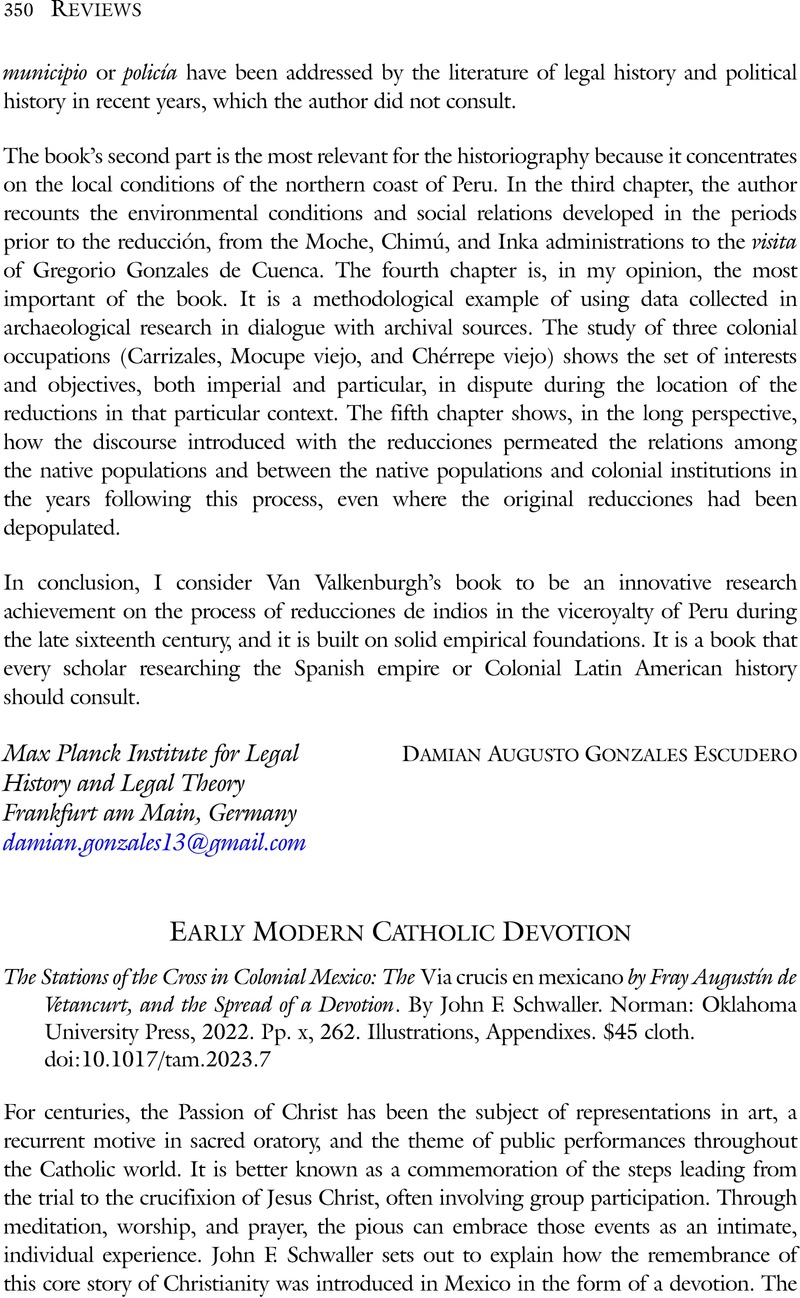Crossref Citations
This article has been cited by the following publications. This list is generated based on data provided by Crossref.
Anthony, Josh
2025.
Colonial Mesoamerican Ethnohistory: A Special Teaching and Research Collection for The Americas.
The Americas: A Quarterly Review of Latin American History,
p.
1.


